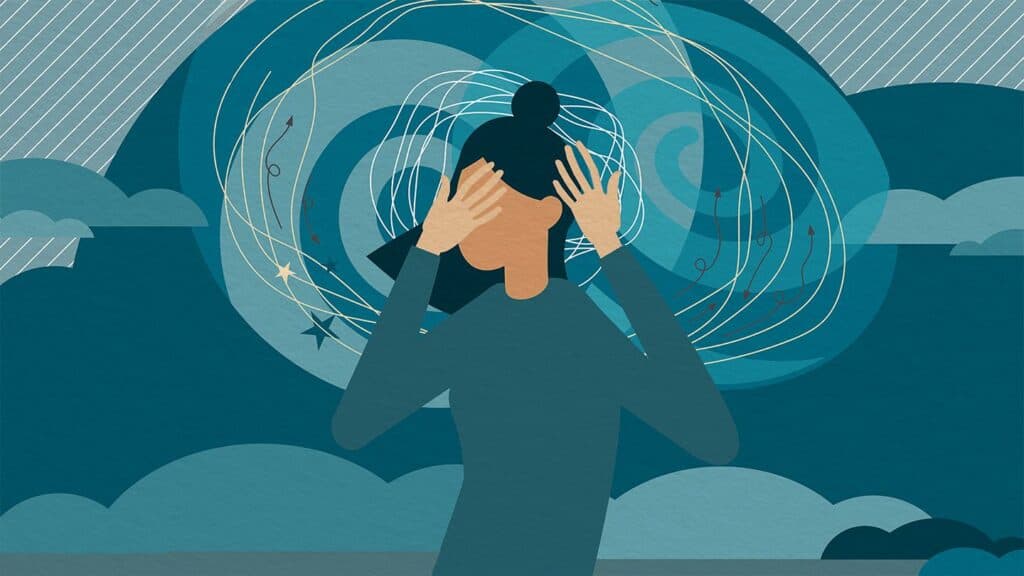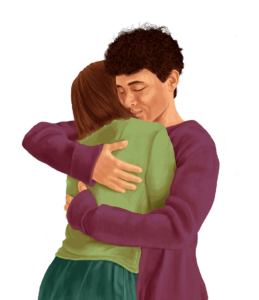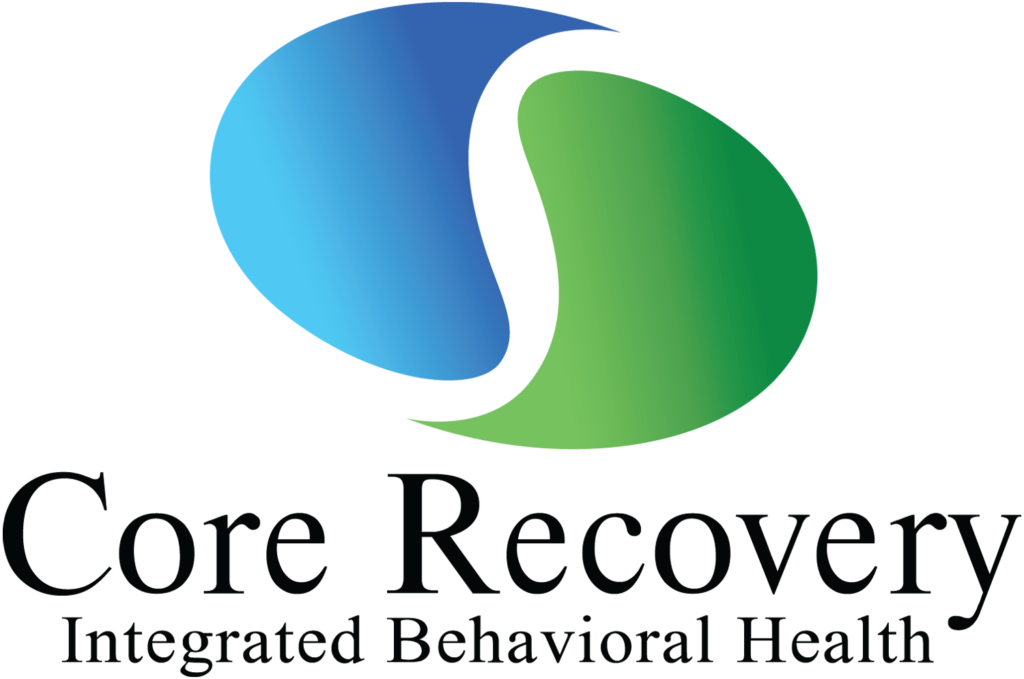Do I have PTSD? It’s a question that many people may ask themselves, especially if they have experienced a traumatic event or have been exposed to ongoing trauma. Post-traumatic stress disorder (PTSD) is a mental health condition that can develop after someone has experienced or witnessed a traumatic event, such as a natural disaster, physical or sexual assault, combat, or other violent or life-threatening situations. PTSD is more common than many people realize, and it can significantly impact a person’s mental and physical health, relationships, and daily functioning. It is essential to recognize the signs and symptoms of PTSD for oneself and others to seek appropriate treatment and support.
In this article, we will explore what PTSD is, its prevalence, and how to recognize the signs and symptoms of PTSD.

What Is PTSD
Post-traumatic stress disorder (PTSD) is a mental health condition that can develop after someone has experienced or witnessed a traumatic event, such as a natural disaster, physical or sexual assault, combat, or other violent or life-threatening situations. PTSD is a severe and debilitating condition that can have long-lasting effects on a person’s mental and physical health, relationships, and daily functioning. In this article, we will explore what PTSD is, its causes and risk factors, and common triggers.
PTSD is a mental health condition that occurs after someone has experienced or witnessed a traumatic event. The symptoms of PTSD can include re-experiencing the traumatic event through flashbacks or nightmares, avoiding reminders of the event, feeling numb or detached, and experiencing increased arousal, such as difficulty sleeping or being easily startled. PTSD can also lead to adverse changes in a person’s mood, thoughts, and behavior.
Causes And Risk Factors
The exact causes of PTSD are not fully understood, but it is believed to be a complex interaction between genetic, environmental, and psychological factors. Certain factors can increase the risk of developing PTSD, such as a history of trauma, childhood trauma, mental health conditions, a lack of social support, and a history of substance abuse.
Common Triggers
PTSD can be triggered by various traumatic events, including natural disasters, accidents, physical or sexual assault, combat, and other violent or life-threatening situations. Other common triggers include witnessing a traumatic event, learning about the sudden or violent death of a loved one, and experiencing a severe injury or illness.
Signs And Symptoms Of PTSD
Post-traumatic stress disorder (PTSD) is a mental health condition that can develop after someone has experienced or witnessed a traumatic event. The symptoms of PTSD can have a significant impact on a person’s psychological and physical health, relationships, and daily functioning. In this article, we will explore the signs and symptoms of PTSD, which can be categorized into four main types: re-experiencing symptoms, avoidance symptoms, hyperarousal symptoms, and negative mood and cognition symptoms.
Re-Experiencing Symptoms: Re-experiencing symptoms are the most well-known symptoms of PTSD. They involve intrusive and distressing memories, nightmares, and flashbacks of the traumatic event. The person may feel as though they are reliving the event, and may experience physical sensations, such as sweating or rapid heart rate, when reminded of the trauma. They may also experience intense emotional reactions to reminders of the event, such as fear, anger, or sadness.
Avoidance Symptoms: Avoidance symptoms involve avoiding reminders of the traumatic event, such as places, people, or activities that may trigger memories of the trauma. The person may try to distract themselves from the memories or engage in behaviors to numb their feelings, such as using drugs or alcohol. Avoidance symptoms can make it difficult for the person to function in daily life, as they may miss work or social events or have difficulty forming and maintaining relationships.
Hyperarousal Symptoms: Hyperarousal symptoms involve feeling on edge, easily startled, and constantly on guard. The person may have trouble sleeping, and may be irritable, angry, or easily upset. They may also have difficulty concentrating or focusing on tasks and feel hypervigilant to potential threats.
Negative Mood And Cognition Symptoms: Negative mood and cognition symptoms involve negative thoughts and feelings about oneself, others, and the world. The person may feel guilt or shame about the traumatic event and have a negative outlook on their future. They may also experience a loss of interest in activities they used to enjoy, and may have difficulty experiencing positive emotions.
Self-Assessment For PTSD
If you have experienced or witnessed a traumatic event, you may wonder if you have post-traumatic stress disorder (PTSD). While self-assessing for PTSD can be helpful, it’s important to note that a professional diagnosis is necessary for treatment and support. In this article, we will discuss how to evaluate common symptoms of PTSD, as well as the importance of seeking professional diagnosis.
Evaluation Of Common Symptoms
Self-assessing for PTSD involves evaluating your symptoms and experiences. Some common symptoms of PTSD include re-experiencing the traumatic event through flashbacks or nightmares, avoiding reminders of the event, feeling numb or detached, and experiencing increased arousal, such as difficulty sleeping or being easily startled. You may also experience negative changes in your mood, thoughts, and behavior. If you are experiencing these symptoms, keeping a journal or recording your experiences may be helpful. This can help you track your symptoms over time and be beneficial when seeking professional diagnosis and treatment.
Importance Of Seeking Professional Diagnosis
While self-assessing for PTSD can be helpful, it’s essential to seek a professional diagnosis from a mental health professional. A professional diagnosis can provide you with a better understanding of your symptoms and experiences, and can also help guide your treatment and support. A mental health professional can conduct a comprehensive evaluation of your symptoms, and can also rule out other mental health conditions that may have similar symptoms. They can also provide a personalized treatment plan, including therapy, medication, or other interventions.
Seeking Help For PTSD
If you are experiencing symptoms of post-traumatic stress disorder (PTSD), it’s essential to seek help from a mental health professional. PTSD is a treatable condition; with proper support and treatment, you can manage your symptoms and improve your quality of life. This article will discuss treatment options, support resources, and the stigma surrounding seeking help for PTSD.
Treatment Options: There are several treatment options available for PTSD, including therapy, medication, and alternative therapies. Medicine, such as cognitive-behavioral therapy (CBT), can help you understand and manage your symptoms, and can also help you process the traumatic event. Medications, such as antidepressants or anti-anxiety medications, may also help manage symptoms. Alternative therapies, such as yoga, meditation, or art therapy, may also be beneficial in reducing symptoms and improving overall well-being.
Support Resources: In addition to professional treatment, support resources are available for those experiencing PTSD. Support groups, such as those offered by the National Alliance on Mental Illness (NAMI) or the National Center for PTSD, can provide a safe and supportive environment to connect with others who understand what you are going through. Online resources are also available, such as the PTSD Coach app or the Veterans Crisis Line.
Stigma And Seeking Help: Despite the availability of treatment and support resources, there is still a stigma surrounding seeking help for PTSD. Many people may feel ashamed or embarrassed to seek help or fear being judged or misunderstood. It’s important to remember that seeking help for mental health concerns is a sign of strength, not weakness. If you are struggling with PTSD, know that you are not alone and that seeking help is a brave and essential step toward healing and recovery.
Coping With PTSD
Post-Traumatic Stress Disorder (PTSD) is a mental health condition that can be difficult to cope with. Individuals with PTSD may experience flashbacks, nightmares, and avoidance behaviors, which can interfere with their daily life. Coping with PTSD can be challenging, but several strategies can help. In this blog, we will discuss self-care design, support from loved ones, and support from community resources for coping with PTSD.
Self-Care Strategies
Self-care is an essential component of coping with PTSD. Taking care of yourself physically, emotionally, and mentally can help reduce symptoms and improve overall well-being. Here are some self-care strategies that can be beneficial for individuals with PTSD:
Exercise: Regular exercise can help reduce stress and anxiety, improve mood, and promote better sleep. Physical activities such as walking, jogging, or yoga can be helpful.
Mindfulness Meditation: Mindfulness meditation can help individuals with PTSD to be present at the moment and reduce the impact of negative thoughts and emotions. Mindfulness meditation involves focusing on the present moment, paying attention to the breath, and accepting thoughts and feelings without judgment.
Relaxation Techniques: Relaxation techniques such as deep breathing, progressive muscle relaxation, and guided imagery can help reduce anxiety and promote peace.
Healthy Lifestyle Choices: Eating a balanced diet, getting enough sleep, and avoiding alcohol and drugs can help reduce symptoms of PTSD.
Support From Loved Ones
Support from loved ones can play a crucial role in coping with PTSD. Here are some ways that loved ones can support individuals with PTSD:
Listen Without Judgment: Loved ones need to listen to individuals with PTSD without judgment. Individuals with PTSD may feel ashamed or embarrassed about their symptoms, and it is crucial to create a safe and supportive environment for them to express their feelings.
Offer Practical Help: Loved ones can offer practical help, such as helping with household tasks, running errands, or accompanying individuals with PTSD to appointments.
Provide Emotional Support: Loved ones can provide emotional support by expressing empathy, validating feelings, and providing encouragement and reassurance.
Educate Themselves About Ptsd: Loved ones can educate themselves about PTSD to better understand the condition and how to provide support.
Support From Community Resources
Several community resources can provide support for individuals with PTSD. Here are some examples:
Support Groups: Support groups provide a safe and supportive environment for individuals with PTSD to connect with others who have had similar experiences.
Therapy: Therapy can be helpful for individuals with PTSD to learn coping skills, process traumatic experiences, and improve overall well-being.
Medication: Medication may be prescribed to individuals with PTSD to help manage symptoms such as anxiety and depression.
Veteran Affairs (Va) Programs: For veterans with PTSD, VA programs can provide specialized care and support.
Seeking help for PTSD is essential for improving quality of life and increasing the chances of recovery. Coping with PTSD can be difficult, but with the proper support and resources, individuals can learn to manage their symptoms and improve their overall well-being. It is important to remember that recovery from PTSD is possible, and there is hope for a better future. If you or someone you know is struggling with PTSD, do not hesitate to seek professional help. Contact us today at 602-810-1210 or visit our website at www.corerecoveryaz.com to learn more about available resources and support for PTSD. Remember, taking the first step toward recovery is a brave and vital decision.





